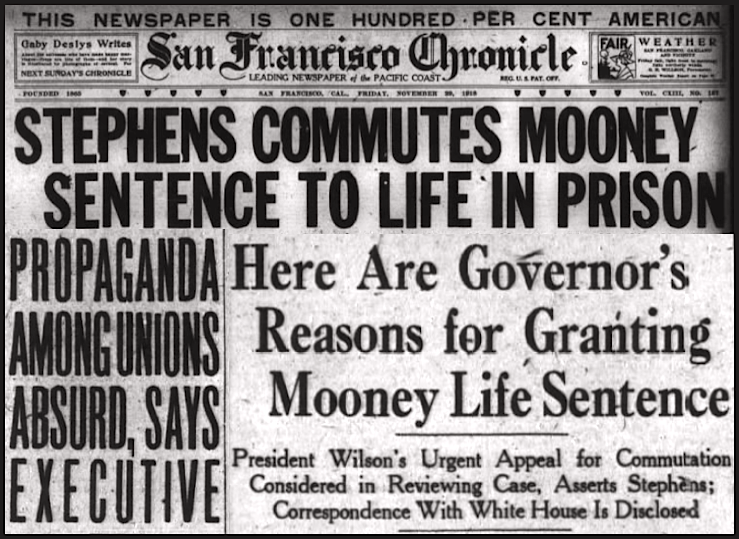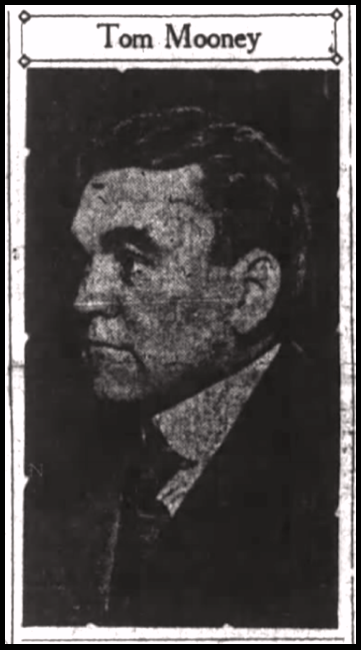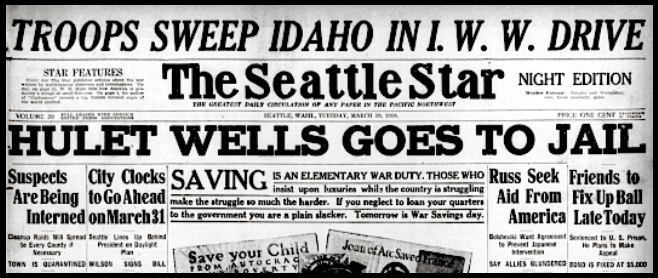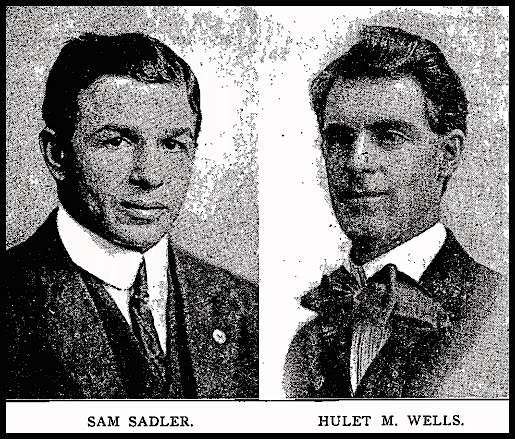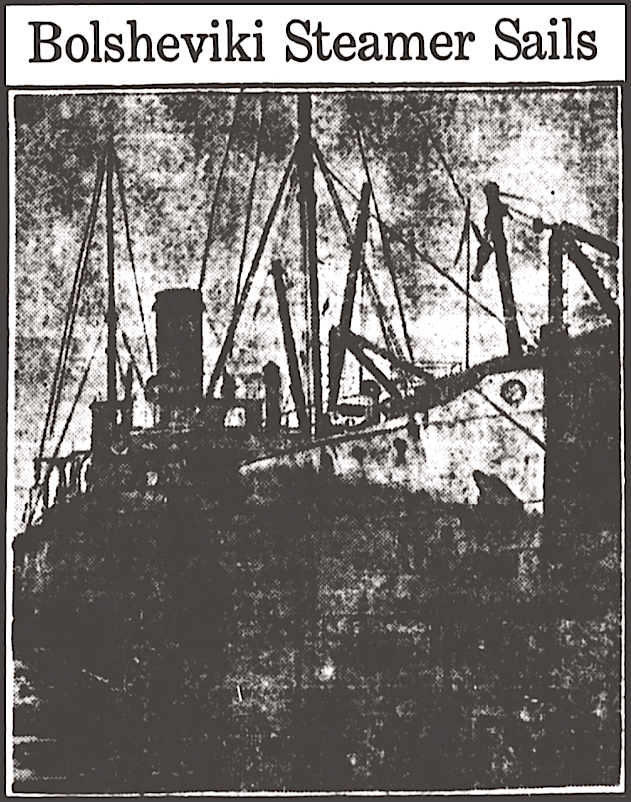 ———-
———-
Hellraisers Journal – Tuesday April 29, 1919
Seattle General Strike: Revolution? -60,000 Striking Workers Run the City
From the New York Liberator of April 1919:
When Is a Revolution Not a Revolution
Reflections on the Seattle General Strike
by a Woman Who Was There
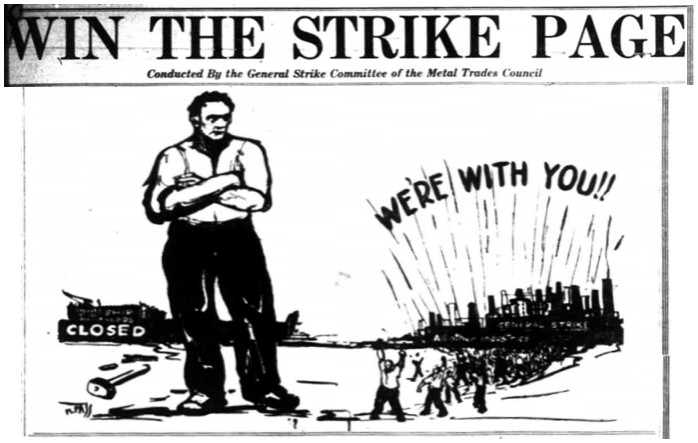
“A GENERAL STRIKE, called by regular unions of the American Federation of Labor, cutting across contracts, across international union constitutions, across the charter from the American Federation of Labor,”-this was what the chairman of the strike committee declared it to be. A General Strike in which the strikers served 30,000 meals a day, in which the Milk Wagon Drivers established milk stations all over town to care for the babies, in which city garbage wagons went to and fro marked “Exempt by Strike Committee”; a General Strike in which 300 Labor Guards without arms or authority went to and fro preserving order; in which the Strike Committee, sitting in almost continuous session, decided what activities should and should not be exempted. from strike in the interests of public safety and health, and even forced the Mayor to come to the Labor Temple to make arrangements for lighting the city.
Yet almost any member of the Strike Committee will tell you, in hot anger, that “this was no revolution, except in the Capitalist papers; it was only a show of sympathy and solidarity for our brothers in the shipyards.” And so in truth it was, in intention. It would seem that the beginnings of all new things take place, not through conscious intention, but through the inevitable action of economic forces.
Hardly yet do the workers of Seattle realize all the things they did.
The shipyard workers of Seattle struck, 35,000 strong, on [Tuesday] January 21st. On January 22, a request was brought to the Central Labor Council for a general strike in sympathy with the Metal Trades. This was referred to the various unions for referendum. By the following Wednesday, January 29, the returns were pouring in.
“Newsboys vote to strike and await instructions of Joint Strike Committee.” “Hotel maids vote 8 to 1 for strike.” “Waitresses expect to go strong for general strike.” Foundry employees, butchers, structural iron workers, milk wagon drivers, garment workers, carpenters, barbers, building laborers, longshoremen, painters, glaziers, plasterers, cooks and assistants, these were among the votes to come in the first week.
Continue reading “Hellraisers Journal: From The Liberator: “Reflections on the Seattle General Strike by a Woman Who Was There”-Revolution?” →
 ———-
———-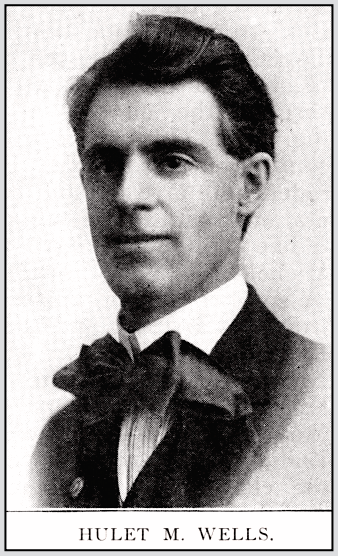

 ———-
———-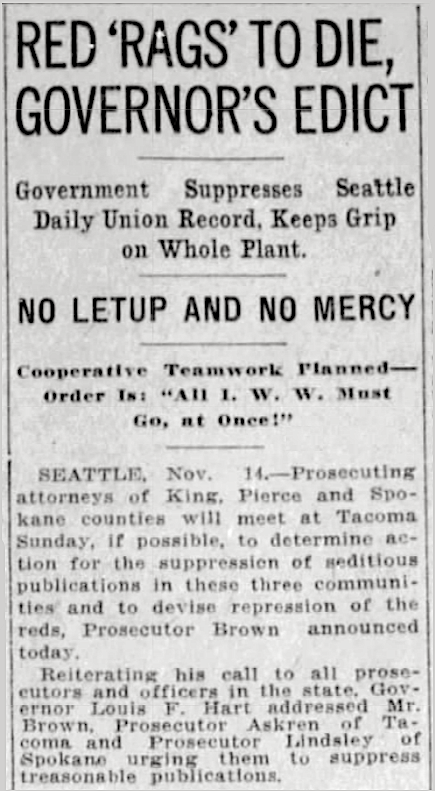
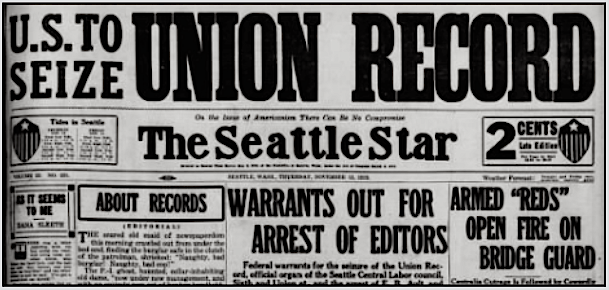

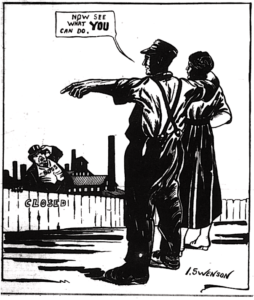
 —–
—–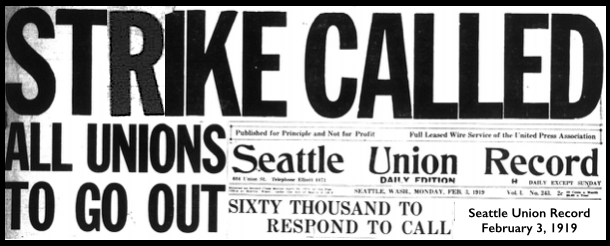
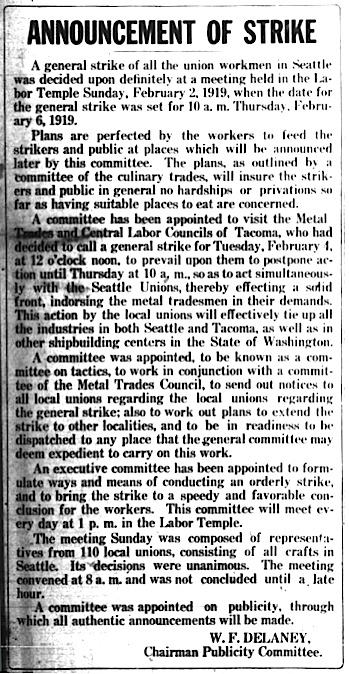
 ———-
———-


